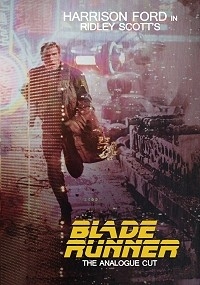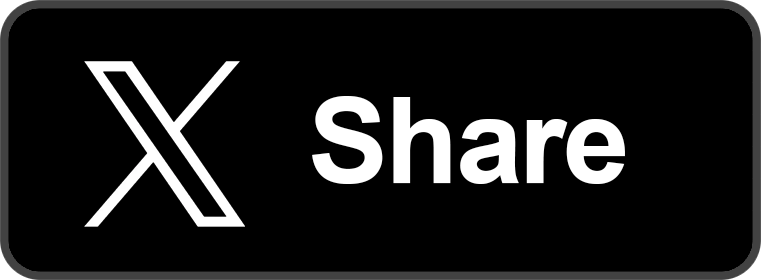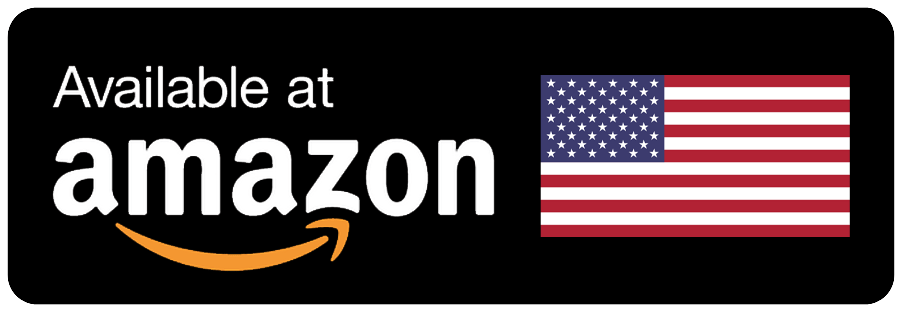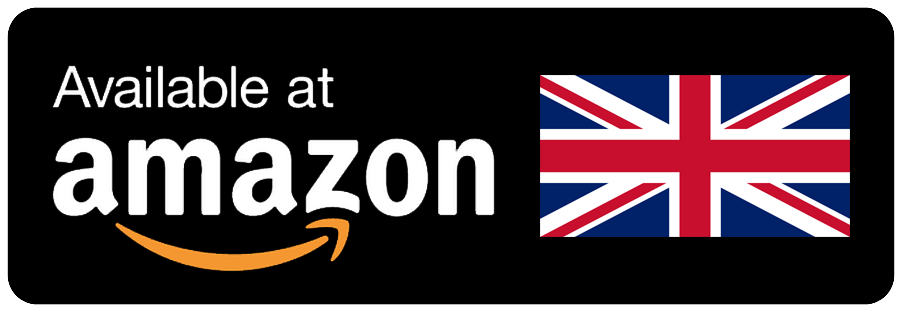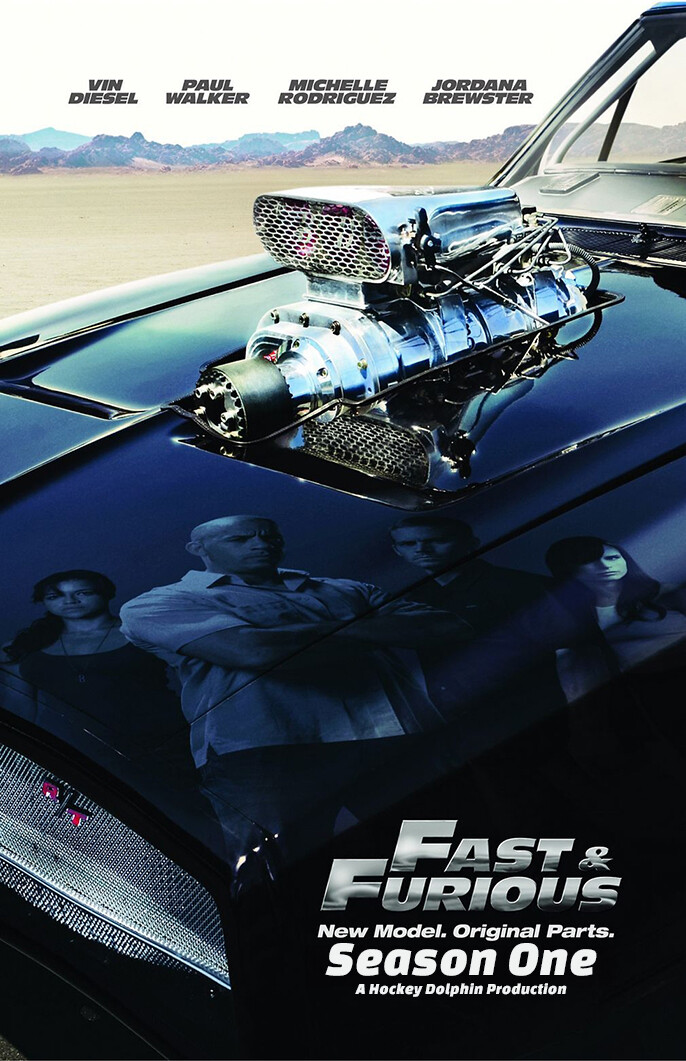Blade Runner: The Analogue Cut


Updated: 3rd May 2024
| MRDb Rating | Your Rating | MRDb Chart | Views | Reviews | |
| No votes | Review to Rate | Not yet rated | 0 | 0 |
Faneditor: 15MaF 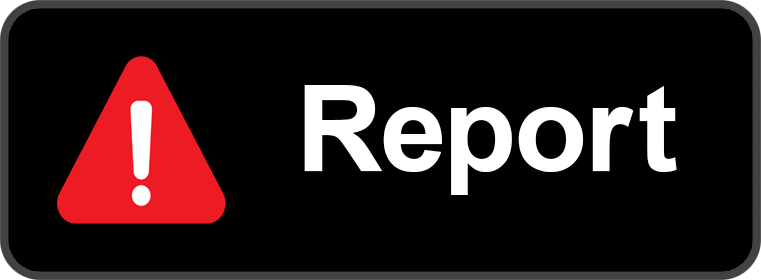
Fanedit Type: FanFix
Fanedit Release Date: 1st December 2018
Fanedit Runtime: 1h:57m:0s
Time Cut: h:0m:0s
Time Added: 0h:0m:0s
Franchise: Blade Runner
Genre: Action • Cyberpunk • Drama • Detective • Mystery
Original Title: Blade Runner (1982)
Original Release Date: 1st January 1982
Original Runtime: 1h:57m:0s
Certificate: 18
Source: Digital
Resolution:
Sound Mix:
Language:
Subtitles:



Fanedit Type: FanFix
Fanedit Release Date: 1st December 2018
Fanedit Runtime: 1h:57m:0s
Time Cut: h:0m:0s
Time Added: 0h:0m:0s
Franchise: Blade Runner
Genre: Action • Cyberpunk • Drama • Detective • Mystery
Original Title: Blade Runner (1982)

Original Release Date: 1st January 1982
Original Runtime: 1h:57m:0s
Certificate: 18
Source: Digital
Resolution:
Sound Mix:
Language:
Subtitles:


Synopsis:
This edit includes various visual and audio elements from all released versions of Blade Runner in an attempt to make it the best available presentation with a few narrative edits for personal preference. Most notable inclusions are the technical updates from The Final Cut, with the visual elements re-graded to match the legacy colour tones of the previous releases - and particular attention being paid to literally preserving the original portions of the legacy frames as well as grading the changes where masking was appropriate. The film's narrative follows more closely the Workprint and tacitly rejects Ridley Scott's attempts to render the human/replicant philosophical analogue as effectively superficial. This version takes out any connection to references made by Scott in interviews and indeed the Director's Cut relating to Deckard's origins. Instead this film is content to literally study/contrast the philosophical state of all the humanity on display or lack thereof from all participants.
This edit includes various visual and audio elements from all released versions of Blade Runner in an attempt to make it the best available presentation with a few narrative edits for personal preference. Most notable inclusions are the technical updates from The Final Cut, with the visual elements re-graded to match the legacy colour tones of the previous releases - and particular attention being paid to literally preserving the original portions of the legacy frames as well as grading the changes where masking was appropriate. The film's narrative follows more closely the Workprint and tacitly rejects Ridley Scott's attempts to render the human/replicant philosophical analogue as effectively superficial. This version takes out any connection to references made by Scott in interviews and indeed the Director's Cut relating to Deckard's origins. Instead this film is content to literally study/contrast the philosophical state of all the humanity on display or lack thereof from all participants.
Intentions:
In order to decide which version was even worth watching these days I decided to go ahead and undo the very specific contextual assertions of The Directors Cut and the poor grading of The Final Cut, whose technical improvements were shrouded in a fashionably teal fog.
In order to decide which version was even worth watching these days I decided to go ahead and undo the very specific contextual assertions of The Directors Cut and the poor grading of The Final Cut, whose technical improvements were shrouded in a fashionably teal fog.
Change List:
The audio for this edit defaults to the Final Cut (FC) mix, except where previous audio mixes are preferred or dictated by edits to previous cuts. Opening Ladd logo is from the FC and graded to match the Director's Cut (DC). Opening crawl and titles are from DC as the FC titles are larger and poorly rendered with stepping visible in the curves. Holden's eye plus all external views approaching the Tyrell Building are from the FC & regraded to match the DC- Deckard Intro and Noodle Scene is from the DC. Audio cuts from and back to the FC seamlessly before any left/right/centre channel dialogue starts. The spinner journey to the police precinct and to the Tyrell building - The cityspeak over the comms has been removed. The center channel has been replaced with the DC version and the external shots for the spinner journeys to the police precinct, to the Tyrell Corporation and to Leon's hotel is footage from the FC & regraded to match the DC. Bryant's over dub about “Skin jobs” has been tweaked to better suit the room's reverb ambience with a little pitch, reverb and EQ. Also added a little reverb to Leon's, Zhora's and Pris' introductions. All shots looking into the sun in Tyrells office are from the FC graded to suit the DC except for Deckard's introduction close up as the posterisation was worse in the FC. The DC footage for these shots generally had very coarse grain/noise. The FC shots were smoother and they also had much more light playing into the stage wings on the wide shots, showing up the owl noticeably more. The sun however wasn't as vibrant as it was in the DC, so I used a simple orange coloured circular overlay which was feathered to suit and used it over the suns' changing position across the three wide/medium shots. Also burned in a little vibrancy with it's layer filter – Just to get a pop out of the dull fogginess that the FC grading had given it. It's worth noting that some grainy shot's still remain from the DC to retain it's colour and tone. Most remain in fact, but the updated FX shots and the very worse frames with noise got switched if the DC colour tone could be closely approximated. All spinner shots showing wire have been replaced with masked off FC footage patched into the DC shots and regraded to suit, using Premier's quick correction filter, 3 way correction filter or Dr Dre's colour match software. Generally wider shots where the camera is locked off or doesn't vary much in it coverage, where it's exposure and target content is consistent, tend to work well with DR Dre's colour match software. But for longer lenses where any given subject is isolated from the overall environment's colour palette with busy elements moving in and out of shot, then the general colour grading filters are required. This takes longer than using Dr Dre's, but is still more accurate overall. *Update – The previous procedure with Dr Dre's software still rings true in principle, but when I created a contact sheet of 64 frames loosely covering the overall scope of the film with a focus on the gamut of colour schemes featured. Dr dre's software can then create a .cube file, which can then be used with Adobe After Effects' colour LUT function to grade the whole damn thing. It is less accurate than using it with small sample sizes, but surprisingly accurate considering 64 frames are able to closely approximate the general tone for large sweeping sample sizes. It even sometimes reccovers the original detail in highlights that the final cut had put a tint over to “fog” the burn out. In places it is close to the archive tones and in others it is certainly in keeping with the archive tone versus the FC, which is nice for those cleaned up FX shots - Certainly those shots from the FC that represent the time of day better than certain archive shots. And some shots still simply need manual colour grades to finish it off as even Dr Dre's Colour matching can't always cover drastic level changes which can result in heavy digital artifacting and pixel break up. Roy Batty's vid booth intro is from FC & graded to match DC When Deckard drives into his apartment complex is from the FC graded to suit the DC When Pris arrives at Sebastian's building, the 2 shots used are from the FC & graded to match the DC in tone, but not luminosity. In effect it's a blend of the two - brighter than the strangely subdued FC, so more reminiscent of the original, but the original was heavy handed. *This has now been replaced with colour matched grading using Dr Dre's software. There is no unicorn daydream when Deckard is sat at the piano, solo finger tapping in his melancholia. What is used visually is from the International Cut (IC) and the audio is from the Work Print (WP) –The original on-set notes Ford was playing are appropriate and atmospheric, adding to the diegetic warmth of the apartment hum. There is no other score used here - The nostalgic love theme is not needed yet. The piano notes actually start a few seconds too early.
The audio for this edit defaults to the Final Cut (FC) mix, except where previous audio mixes are preferred or dictated by edits to previous cuts. Opening Ladd logo is from the FC and graded to match the Director's Cut (DC). Opening crawl and titles are from DC as the FC titles are larger and poorly rendered with stepping visible in the curves. Holden's eye plus all external views approaching the Tyrell Building are from the FC & regraded to match the DC- Deckard Intro and Noodle Scene is from the DC. Audio cuts from and back to the FC seamlessly before any left/right/centre channel dialogue starts. The spinner journey to the police precinct and to the Tyrell building - The cityspeak over the comms has been removed. The center channel has been replaced with the DC version and the external shots for the spinner journeys to the police precinct, to the Tyrell Corporation and to Leon's hotel is footage from the FC & regraded to match the DC. Bryant's over dub about “Skin jobs” has been tweaked to better suit the room's reverb ambience with a little pitch, reverb and EQ. Also added a little reverb to Leon's, Zhora's and Pris' introductions. All shots looking into the sun in Tyrells office are from the FC graded to suit the DC except for Deckard's introduction close up as the posterisation was worse in the FC. The DC footage for these shots generally had very coarse grain/noise. The FC shots were smoother and they also had much more light playing into the stage wings on the wide shots, showing up the owl noticeably more. The sun however wasn't as vibrant as it was in the DC, so I used a simple orange coloured circular overlay which was feathered to suit and used it over the suns' changing position across the three wide/medium shots. Also burned in a little vibrancy with it's layer filter – Just to get a pop out of the dull fogginess that the FC grading had given it. It's worth noting that some grainy shot's still remain from the DC to retain it's colour and tone. Most remain in fact, but the updated FX shots and the very worse frames with noise got switched if the DC colour tone could be closely approximated. All spinner shots showing wire have been replaced with masked off FC footage patched into the DC shots and regraded to suit, using Premier's quick correction filter, 3 way correction filter or Dr Dre's colour match software. Generally wider shots where the camera is locked off or doesn't vary much in it coverage, where it's exposure and target content is consistent, tend to work well with DR Dre's colour match software. But for longer lenses where any given subject is isolated from the overall environment's colour palette with busy elements moving in and out of shot, then the general colour grading filters are required. This takes longer than using Dr Dre's, but is still more accurate overall. *Update – The previous procedure with Dr Dre's software still rings true in principle, but when I created a contact sheet of 64 frames loosely covering the overall scope of the film with a focus on the gamut of colour schemes featured. Dr dre's software can then create a .cube file, which can then be used with Adobe After Effects' colour LUT function to grade the whole damn thing. It is less accurate than using it with small sample sizes, but surprisingly accurate considering 64 frames are able to closely approximate the general tone for large sweeping sample sizes. It even sometimes reccovers the original detail in highlights that the final cut had put a tint over to “fog” the burn out. In places it is close to the archive tones and in others it is certainly in keeping with the archive tone versus the FC, which is nice for those cleaned up FX shots - Certainly those shots from the FC that represent the time of day better than certain archive shots. And some shots still simply need manual colour grades to finish it off as even Dr Dre's Colour matching can't always cover drastic level changes which can result in heavy digital artifacting and pixel break up. Roy Batty's vid booth intro is from FC & graded to match DC When Deckard drives into his apartment complex is from the FC graded to suit the DC When Pris arrives at Sebastian's building, the 2 shots used are from the FC & graded to match the DC in tone, but not luminosity. In effect it's a blend of the two - brighter than the strangely subdued FC, so more reminiscent of the original, but the original was heavy handed. *This has now been replaced with colour matched grading using Dr Dre's software. There is no unicorn daydream when Deckard is sat at the piano, solo finger tapping in his melancholia. What is used visually is from the International Cut (IC) and the audio is from the Work Print (WP) –The original on-set notes Ford was playing are appropriate and atmospheric, adding to the diegetic warmth of the apartment hum. There is no other score used here - The nostalgic love theme is not needed yet. The piano notes actually start a few seconds too early.
Additional Notes:
Other Sources:
Smoke and rain FX clips from these You Tube channels: - hong thuong HD - EPDM Solutions - Pigment Ajans - Visual Effects Plus audio by: - Brian Eno / David Byrne: Qu'ran - audio track.
Smoke and rain FX clips from these You Tube channels: - hong thuong HD - EPDM Solutions - Pigment Ajans - Visual Effects Plus audio by: - Brian Eno / David Byrne: Qu'ran - audio track.
Special Thanks:
- hong thuong HD - EPDM Solutions - Pigment Ajans - Visual Effects.
- hong thuong HD - EPDM Solutions - Pigment Ajans - Visual Effects.
